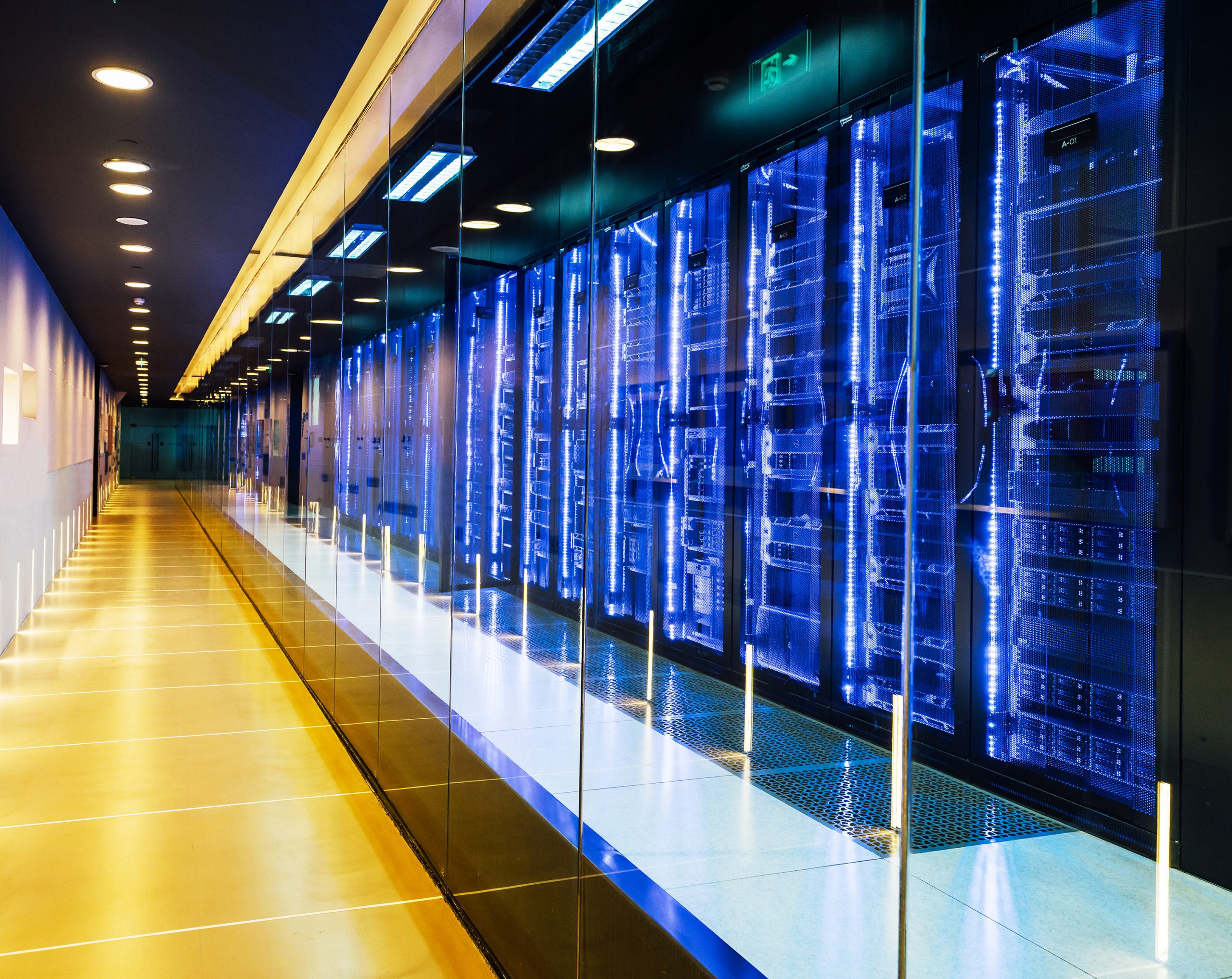Now don’t get me wrong. As the old Virginia Slims cigarette commercials used to say, “You’ve come a long way, baby.”
When I think back to some of the computer rooms I toured in the 1990s and early 2000s, I remember how shaft-driven Liebert™ air conditioning units (CRACs & CRAHs) were the norm for cooling. They had belts, shims and motor brushes that needed periodic adjustment or replacement. Mechanical contractors loved these units because they required lots and lots of preventive maintenance.
The datacom rooms were flooded with incredibly cold air being blown in the general vicinity of haphazard arrays of IT racks through supply air plenums in a raised floor. When you picked up a floor tile, there was usually a rat’s nest of network cabling, electrical wiring and occasionally an actual rat (my early data center tours in China are for another blog, however).
Some of the IT racks had glass front panels and oftentimes the rear exhaust from one particular rack would be blowing into the front of another. It wasn’t unusual to wear a winter coat and ear muffs on those visits – you couldn’t hear yourself talk, let alone the person next to you. That being said, data center air cooling has gotten a lot more efficient, though you still can’t hear yourself talk in a data center in 2021!
With the mass adoption of variable speed AC fans, inverter-driven compressors, high efficiency custom chilled water air-handling units (CAHUs) and better air management techniques, things have certainly improved. The adoption of cold/hot aisle arrangements has become so mainstream that you have multiple people claiming they invented it. But it took time for all this to happen. Manufacturers like Stulz™ first started shipping CRACs and CRAHs with EC fans in 2003 (give or take) and it took almost half a decade before the other mainstream CRAC manufacturers were fully onboard.
Liquid cooling has followed a similar path. I started seeing things change for liquid cooling in 2017. I would go to meet an internet giant to talk about the latest and greatest CRAH, CRAC, CAHU, in-row unit or chiller, only to be met with the question, “That’s great, but what are you guys doing about liquid cooling?” In 2018, a China web giant told me, “Any data center cooling company should be putting 100% of their R&D into liquid cooling.” It was around that time I realized there was a fork in the road: Keep trying to squeeze water out of an air-cooled rock or get 100% behind liquid cooling. I chose the latter.
Now I’m seeing a new fork in the road with 2-phase immersion cooling. The question of whether data centers will start deploying the technology at scale is not a matter of if, it’s a matter of when. Even though Bitfury and LiquidStack™ have already deployed multiple hyperscale, 2-phase immersion cooled data centers in Europe (for Bitcoin mining), it’s exciting to see DataTank™ units now going into production data centers. Since the WHEN seems like NOW, I’m starting to think about what’s coming next. That next thing is heat re-use.
Data centers consume about 2% of the world’s energy. About 30% to 50% of that energy is used for cooling. Why we are just blowing all this hot air outside? As return air temperatures from AHUs approach or even exceed 40°C in some regions, it has brought to light the potential of data center heat re-use. Even better, what if, thanks to 2-phase immersion liquid cooling, we had return fluid temperatures of 50°C, 55°C or even 60°C? Now it gets interesting.
Since 2-phase immersion cooling has already been deployed at scale with return fluid temperatures of approximately 53°C, it’s only a matter of time before that heat can be re-used in a practical way. What about using it to provide warm water for a university or corporate campus? What about putting that heat into a municipal district heating loop and getting compensated for doing it? What if we even generated energy from the waste heat transferred to a primary liquid cooling loop? The possibilities are nearly endless.
I’m not saying that the liquid cooling industry should turn all its attention to waste heat repurposing. There’s still a lot of work to do until we get there. Minds have to be changed, change isn’t always easy, and you have to follow the money. But 2-phase immersion liquid cooling is happening. It is coming to a data center near you, and, before you know it, it will be everywhere.
It reminds me of that old bit by the great Jerry Seinfeld, “Remember when we first got text liquid cooling? Not really. Can’t really remember that. I-I can’t either. I mean, I know that we have it. I know we didn’t use to have it. I don’t know how we got it. I don’t remember… Did they tell us we were getting it? Was there an announcement that we were getting it? There was no commercial. I don’t remember a commercial.”
I’m not going to waste anymore hot air trying to convince you. But if we do have the chance to talk about it someday, you won’t have a hard time hearing me, because 2-phase immersion liquid cooling is silent.
